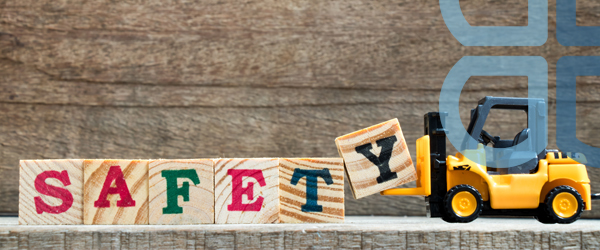

There’s nothing like the searing pain of stepping on a bunch of army guys in the middle of the night. Playtime is an important part of growing up, but if you’re not careful, toys can really hurt your child. In fact, toy-related injuries send about 180,000 kids to the ER every year. With careful selection and storage, you can make your home a safer place to play.
Steps to Safety
Choose the right toys
- Buy age-appropriate toys. As tempting as it may be to buy your little niece that 1,000-piece castle-building set, be sure she’s within the recommended age range on the box.
- Keep kids under 5 away from any toys or games with small parts that could become a choking hazard. If you’re unsure about the size of the toy or its pieces, test it with a choke tube tester or a toilet paper tube. If it fits inside the tube, it’s too small to play with.
- With younger kids, choose well-made toys that can withstand the rigor of play and chewing. Avoid toys with sharp edges or pieces that could poke or pinch your peanut.
- So you want to give your kid a ride-along turtle. That’s awesome. But before giving a child any riding toy, make sure he or she can sit up without being supported and is within the product’s recommended age range. And always use the safety straps.
- When your child is ready to scoot, skate or bike, he or she must always wear a helmet.
Toy Storage Tips
- To avoid painful barefoot encounters with army guys and more, pick up toys when playtime is over.
- Instead of a toy chest or container, store toys on open shelves that kids can reach easily. If you do opt for a chest or container, look for one without a lid, or remove the lid (boxes with lids = potential trap).
- Already have a chest with a lid? Here’s how to make it safe: check for hinge supports (or install them yourself) that will keep the lid from falling on a child. Then make sure the chest has air vents so your child can breath if he or she gets stuck inside
Toys that need extra attention
- Deflated or broken balloons can present serious hazards for kids under 8. If the balloon pops while they’re blowing it up, they can inhale it and choke. Keep all balloons out of their reach.
- Batteries should never be within your child’s reach. When shopping for battery-operated toys, make sure they have battery cases that can only be opened by an adult with a screwdriver.
- Toys now sold in the US should be lead-free. Be extra cautious with hand-me-downs, homemade toys, or gifts from other countries that could contain lead.
- There’s a big difference between magnetic toys for kids and magnetic toys for grown-ups (like desk accessories and stress relief games). Magnets for grown-up toys are much more powerful and can cause big problems if swallowed. Be sure to keep them away from kids.
- Last but not least, check for toys that have been recalled here to make sure all of your child’s toys meet current safety standards.
Source: http://makesafehappen.com
